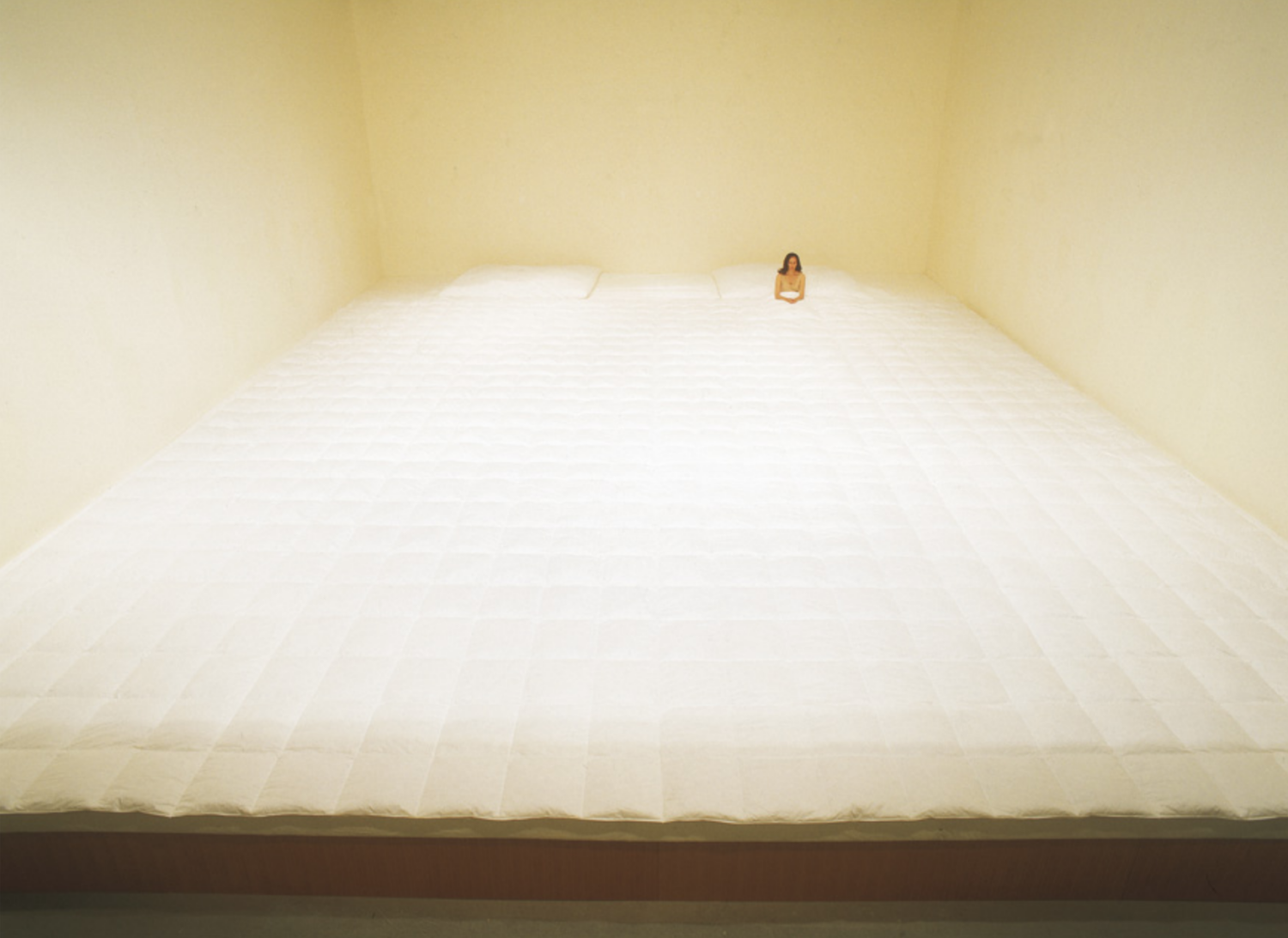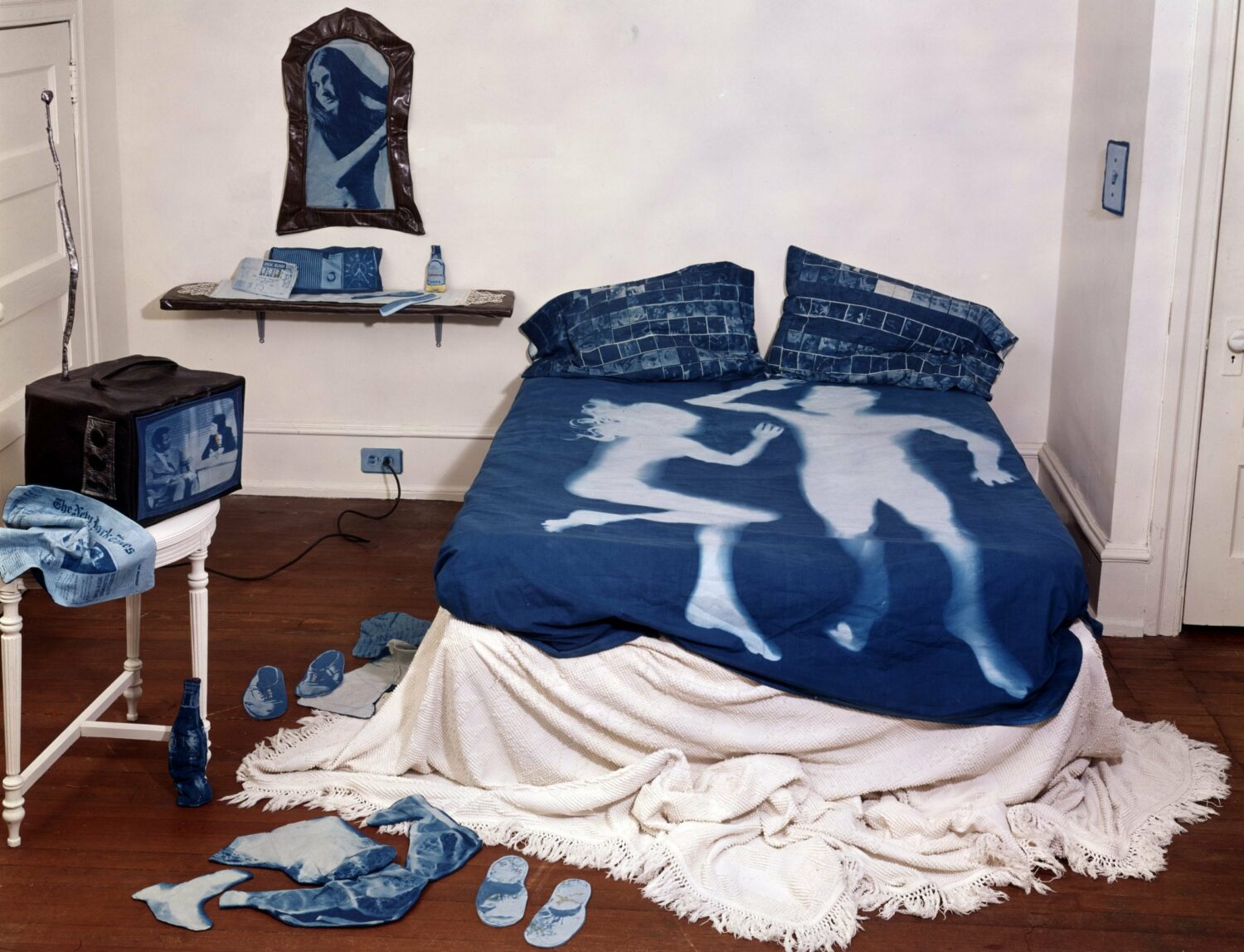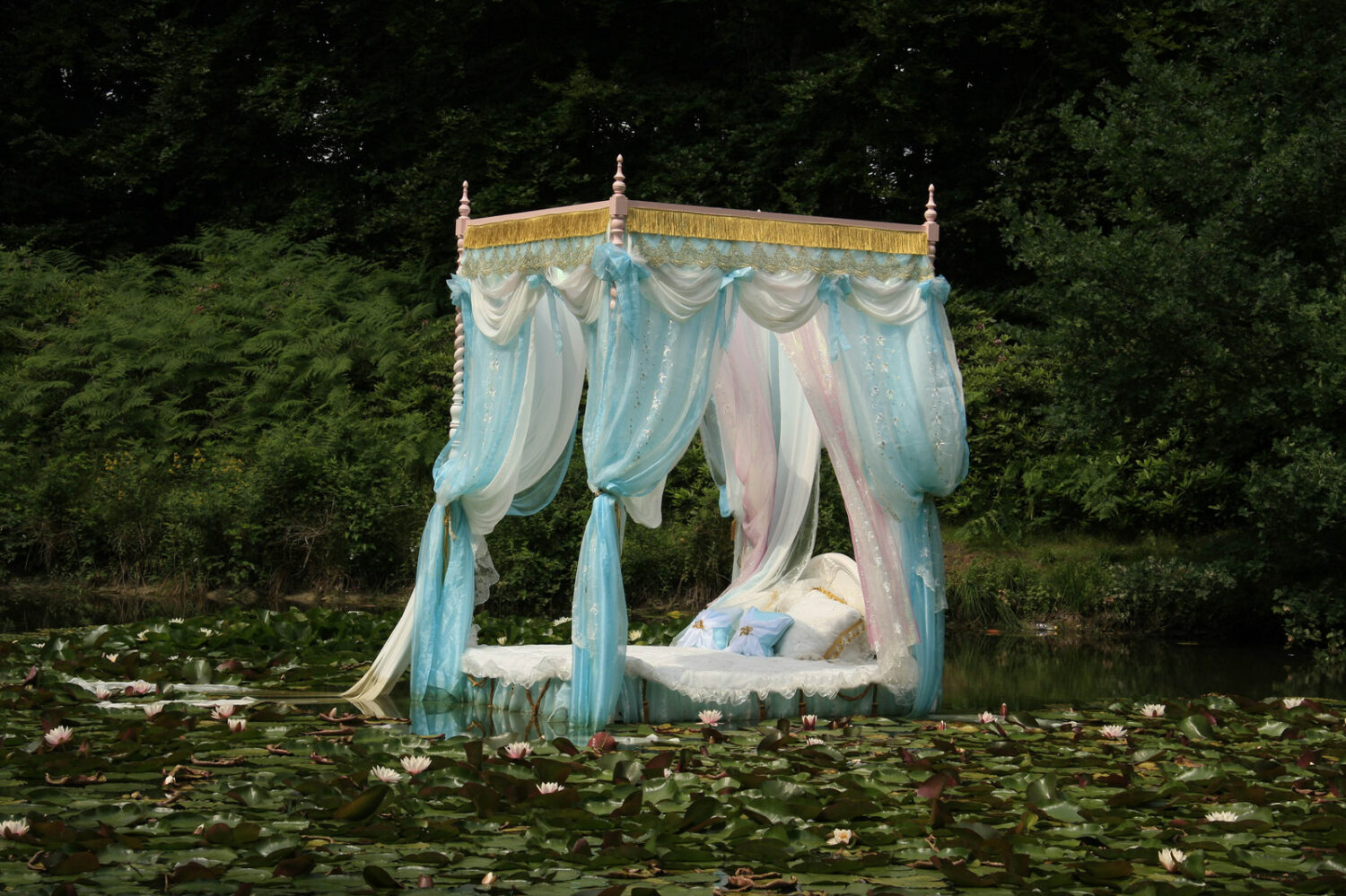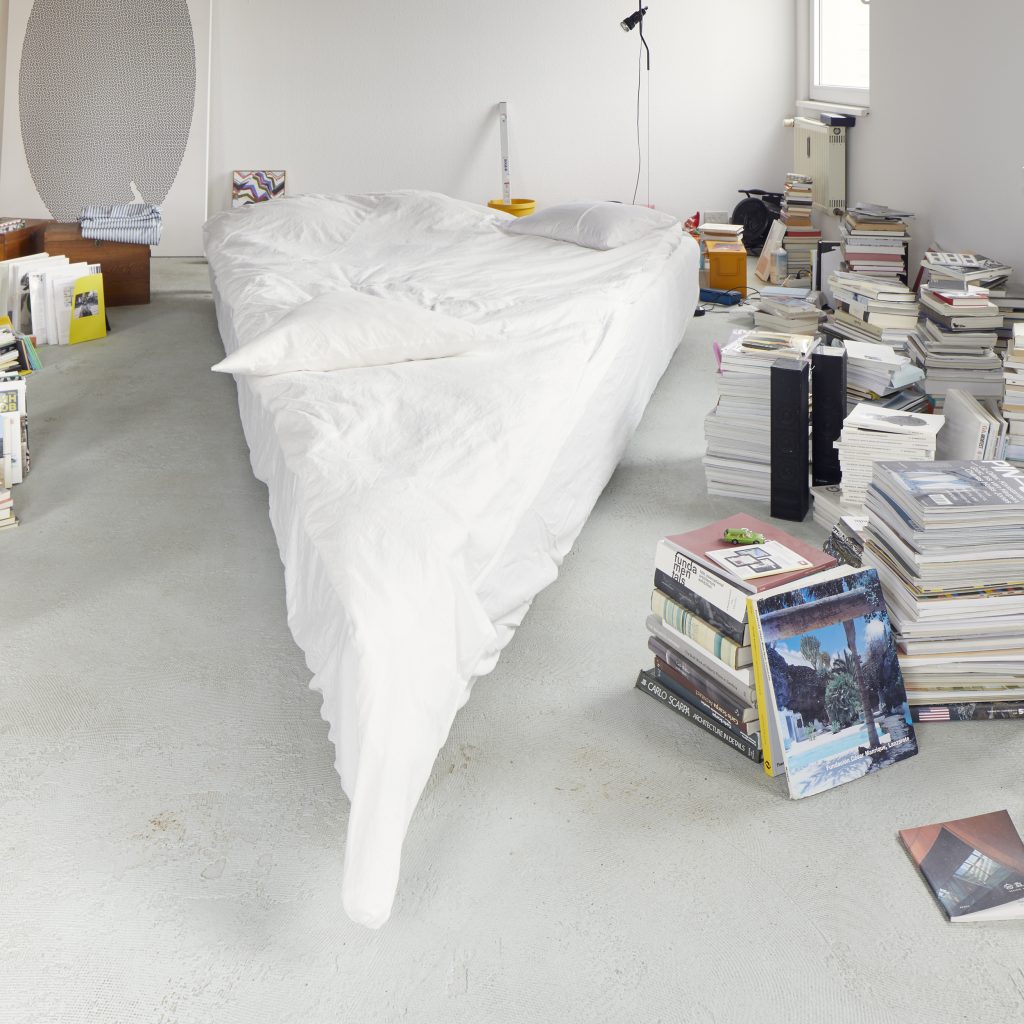Reimagining The Architecture Of Sleep: 5 Artists & Designers Subverting The Bed
By Something CuratedFrom Marcel Duchamp’s Apolinère Enameled, to Tracey Emin’s Turner Prize nominated My Bed, the site of sleep has long captivated us. Laden with metaphor, the bedroom is a place of rest, healing and dreaming, as well as pleasure, conception, birth and death. And perhaps in more modern times, remote working – though Frida Kahlo famously worked from bed long before the pandemic. Providing artists and designers with a rich trove of symbolism to draw on, the bed and bedroom continue to fascinate. Reimagining the bed’s potential in unexpected and subversive ways, Something Curated takes a closer look at the brilliant creations of five contemporary artists and designers.
Shiro Kuramata, Laputa, 1991

The Laputa bed was Japanese designer Shiro Kuramata’s final furniture design and a response to his brief for the group exhibition Il Dolce Stil Novo della Casa (A Proposal for a New Life), curated by Andrea Branzi at Palazzo Strozzi, Florence, 1991. This very unusual double bed – designed for two people to sleep with their feet or heads pointing towards each other – shows a reflective piece of furniture that plays on the relationship between form and function by challenging our expectations of convention. Laputa is the flying island from Gulliver’s Travels by Jonathan Swift; the island, which has a base made from the mythical material adamantine, hovers above the land of Balnibarbi. Wrapped in Kuramata’s Star Piece satin and with a high metallic surface finish, Laputa has an extra terrestrial appearance, and, as the artist intended, the elongated form creates a dreamlike sense of levitation.
Nelly Agassi, Bedroom, 2005

Multi-disciplinary artist Nelly Agassi’s performative works explore the relationship between her own body and the space that surrounds it. For the 2005 exhibition Dreaming Art/Dreaming Reality at the Tel Aviv Museum of Art, Agassi created Bedroom, for which she occupied the entirety of the hall of the museum with a single work, ambitiously transforming it into a gigantic bed. With the bed measuring 8.6m in width and 11.3m in length, the artist’s body atop the work appears disproportionately small, as if she had entered the magical world of Alice in Wonderland. Much of Agassi’s work ponders ideas around physical presence, particularly relating to female identity. And this enormous bed, which dramatically shrinks the artist’s physical form when viewed in comparison, allows plenty of room for interpretation.
Catherine Jansen, The Blue Room, 1970-73

American artist Catherine Jansen has been inventing, exploring and creating photographic processes that merge state of the art technology with traditional photography since the late 1960s. During her studies, Jansen developed a cyanotype formula to work with cloth and created three-dimensional photographic images, which culminated in The Blue Room, a scale-to-life cloth photographic environment, or as the artist describes, “a soft sculpture,” now in the permanent collection of the Michener Art Museum, Pennsylvania. As digital photography progressed, building on the concept of The Blue Room, Jansen adapted digital processes to her work via the colour copier, beginning with the Soft Bathroom and later the Soft House Project, which included five scale-to-life rooms of printed textiles.
Vincent Olinet, Pas Encore Mon Histoire, 2008

French artist Vincent Olinet’s fascination with ideas of childhood and fairy-tales, both classic and Walt Disney’s, allows him to create fantastical sculptures which are simultaneously attractive and repulsive. In Pas Encore Mon Histoire, a canopied bed floats elegantly, and somewhat eerily, over a body of water. Olinet anchored his four-poster bed in the Exedra north of the Tuileries Gardens in Paris, flanked by statues inspired by classical Greek mythology: on one side, Venus Callipyge, and the other, Apollo chasing Daphne. Pushed by the wind, the ghost ship drifted a few inches into the basin, allowing ducks to climb onto the white sheets, risking soiling. Upon closer inspection the seemingly pristine bed reveals its yellowed blue and white veils. There are slight tears in the muslin and gold swags from heavy rain. The wonderful yields to the blows of reality and the nightmare is not far. For Olinet, the bed is a crumbling fairy-tale.
Sam Chermayeff, Triangular Bed, 2018

Architect, designer and educator Sam Chermayeff’s Triangular Bed comes replete with matching triangular covers, pillows, and sheets. First produced on the occasion of the exhibition How Soon Is Now?, which took place in Berlin in 2018, the work seeks to explore alternative uses of space, reimagining the established format of the bedroom. Chermayeff points out, “A rectangular bed in a room makes one space. A triangular bed in a room makes many different spaces around it.” Chermayeff began his architectural career at SANAA / Kazuyo Sejima + Ryue Nishizawa where he worked for more than five years on an array of projects across built and curatorial work including the 2009 Serpentine Pavilion and the 2010 Venice Architecture Biennale. He has taught at Columbia GSAAP, MSA Münster, The Royal College of Art, DIA, Dessau, Cornell University and the Architectural Association.
Feature image: Nelly Agassi, Bedroom, 2005. Photo: Tel Aviv Museum of Art